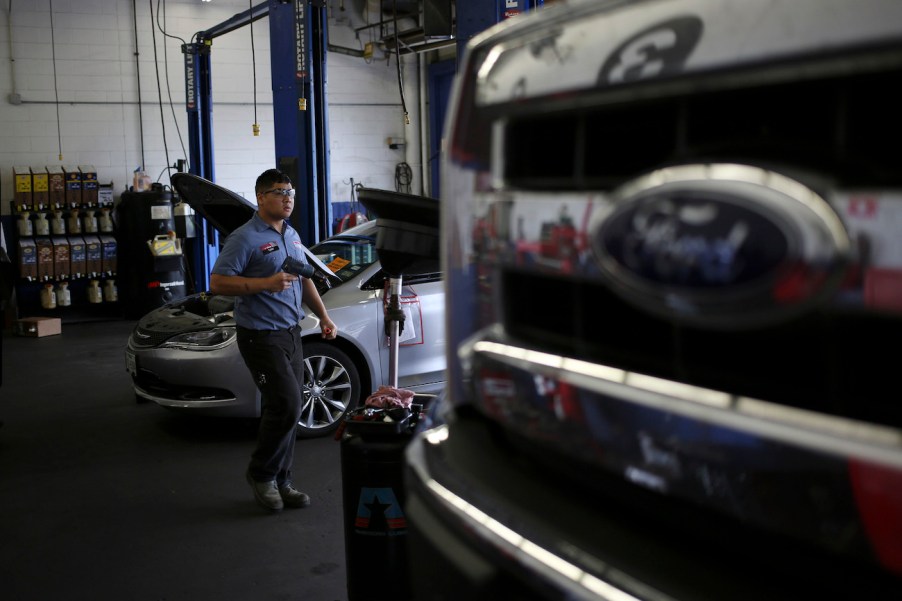
9 Auto Parts That Aren’t Covered by a Bumper-to-Bumper Warranty
From local mom-and-pop car lots to huge multibillion-dollar dealer networks like CarMax, almost every used car seller in the automotive industry has some type of optional bumper-to-bumper warranty to get you to come back for maintenance when necessary. In theory, these are, as stated in the name, coverage for everything from the front bumper to the rear bumper.
Automotive makers offer their version of the bumper-to-bumper warranty in the form of comprehensive factory warranties, covering any defects immediately following a purchase. To put it simply, there are many components to cover and a wide range of gray areas of coverage, meaning most factory and bumper-to-bumper warranties have their coverages conveyed in detail in the fine print of their contacts.
If such a warranty is offered, shouldn’t it cover everything from one end of the car to the other? What about fluids like oil? Are consumables like washer fluid covered as well? What about engine parts that need replacing over time, like alternators? Here are nine auto parts that are not covered by a bumper-to-bumper warranty and which automotive brands offer some form of bumper-to-bumper warranty today.
Which auto parts are not covered under bumper-to-bumper warranties?
According to Motor1, bumper-to-bumper warranties typically cover larger vehicle components like fuel injection, suspension, electrical, and infotainment systems. Maintenance and consumables are typically not covered by bumper-to-bumper warranties. Nine common auto parts that are not covered include:
- Brake pads – While brake systems are typically under warranty, pads are consumable and, thus, not covered.
- Glass – Damage to auto glass is common due to road hazards and theft, but not considered replaceable under warranty.
- Light bulbs – Found inside a vehicle’s headlights, brake lights, and turn signals, these are not covered under warranty.
- Oil changes – Just like tire rotations, oil changes are considered maintenance items and are not covered under warranty.
- Paint – The paint on your vehicles is typically not covered under warranty. Climate, vehicle storage, and other factors can affect paint longevity.
- Seat belts – Protective systems like seat belts are generally not covered unless a recall is released from a manufacturer due to a defect.
- Tires – Unless a particular tire that is used from the factory has a known defect, factory tires are not covered under warranty.
- Upholstery – Upholstery in a vehicle sees a wide range of abuse daily, and due to this daily use, it is not covered under warranty.
- Windshield wiper blades – Another consumable, windshield wipers are generally not covered by bumper-to-bumper warranties.
Which company offers the best factory warranty?
Regarding bumper-to-bumper warranties, this type’s most common modern-day warranty is the factory warranty. These factory warranties cover every defect found in a vehicle within a certain timeframe, with longer warranties offered for any component relating to the vehicle’s drivetrain. The typical bumper-to-bumper factory warranty lasts for around three years, or 36,000 miles, whichever comes first. Honda, Ford, Toyota, Nissan, and Chevrolet all offer bumper-to-bumper warranties of this longevity.
The best bumper-to-bumper warranties from the factory can be found with Hyundai, Genesis, Mitsubishi, and Kia, which offer coverage for up to five years and 60,000 miles. Typically, these companies have lower consumer review scores, and these longer warranties give consumers the peace of mind to shop on their lots without something going wrong immediately after purchase. If you can purchase a vehicle with a bumper-to-bumper or factory warranty, you should feel relieved that you have a good amount of coverage for any major component of your vehicle.



